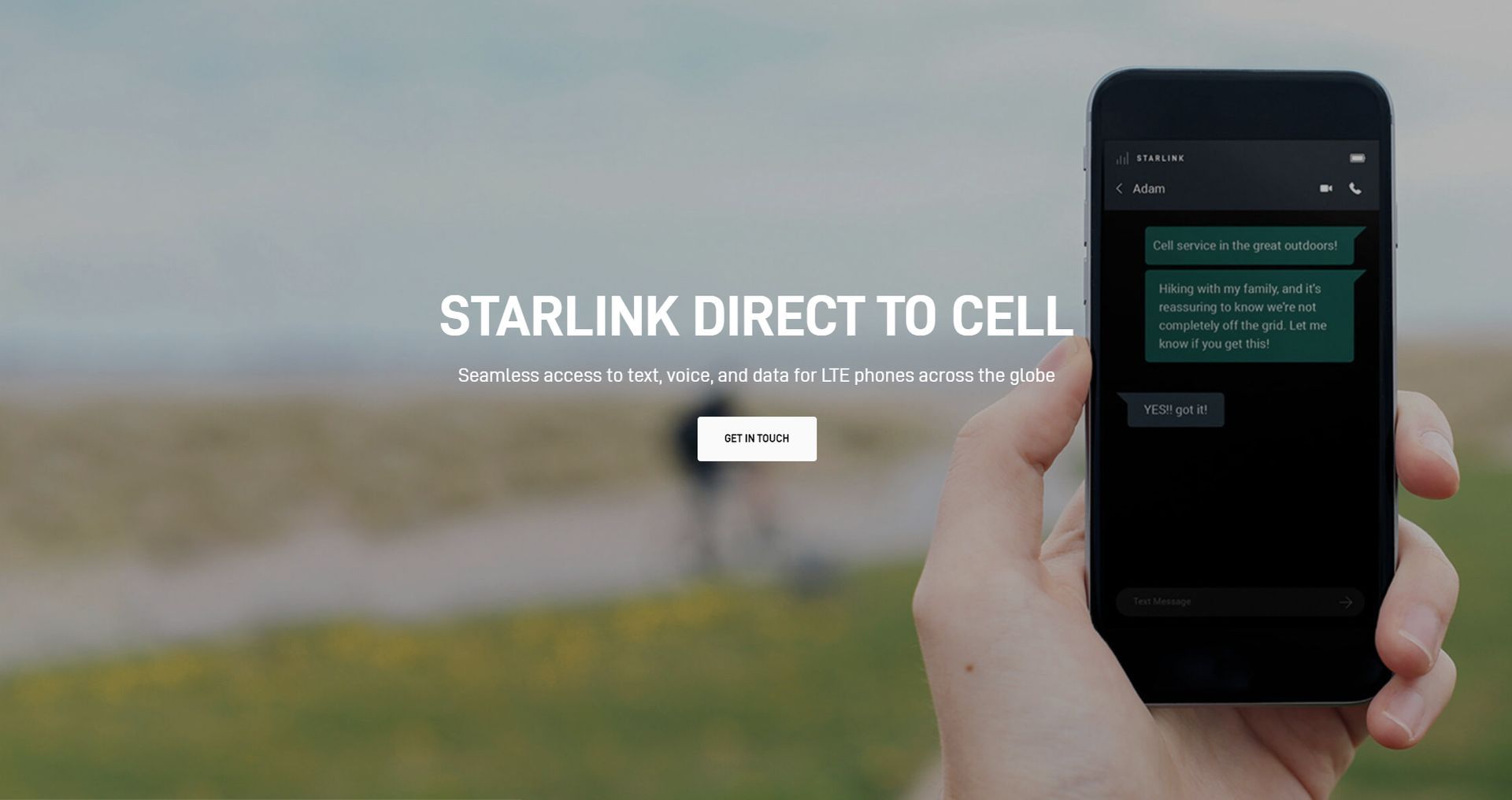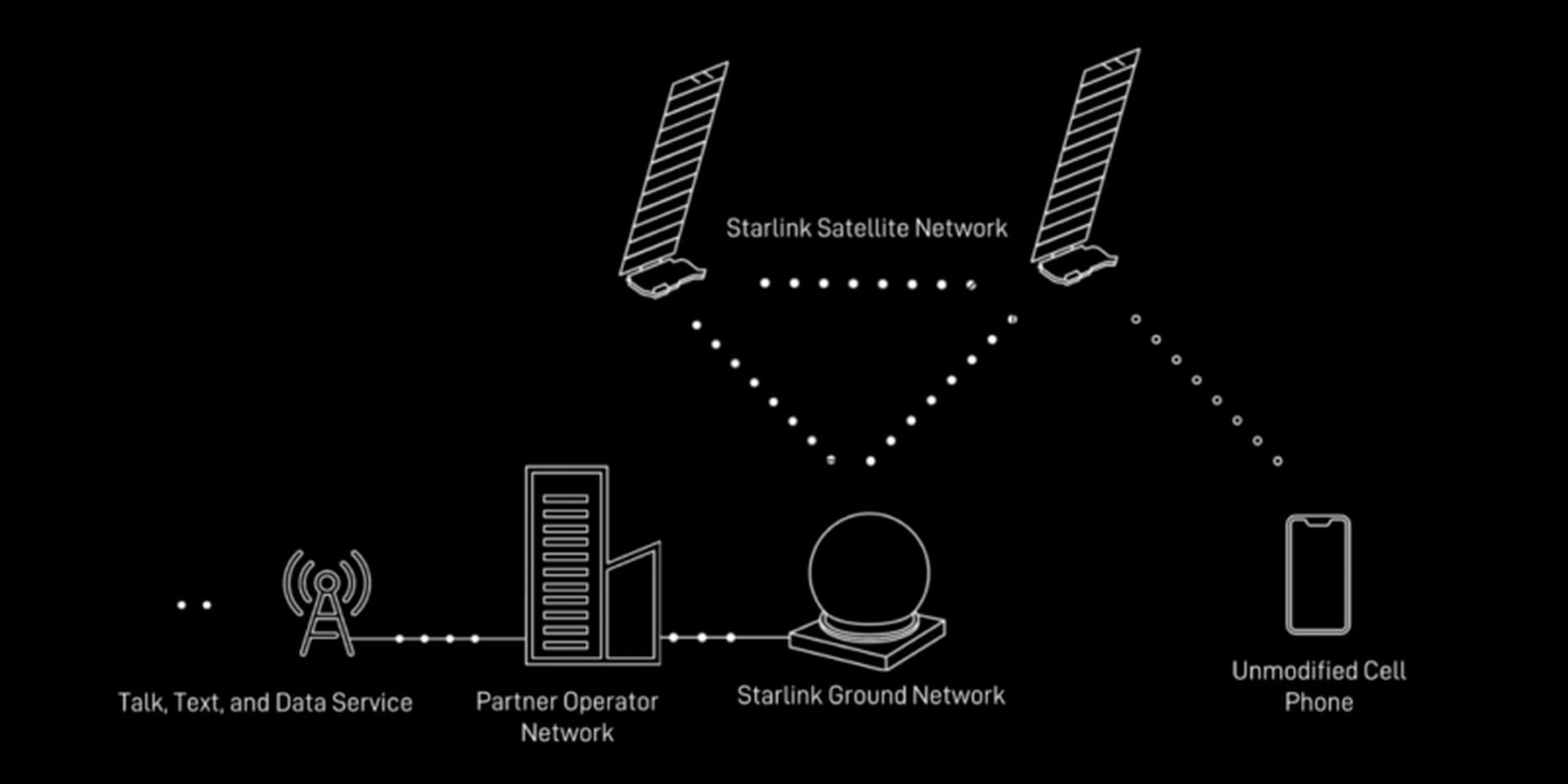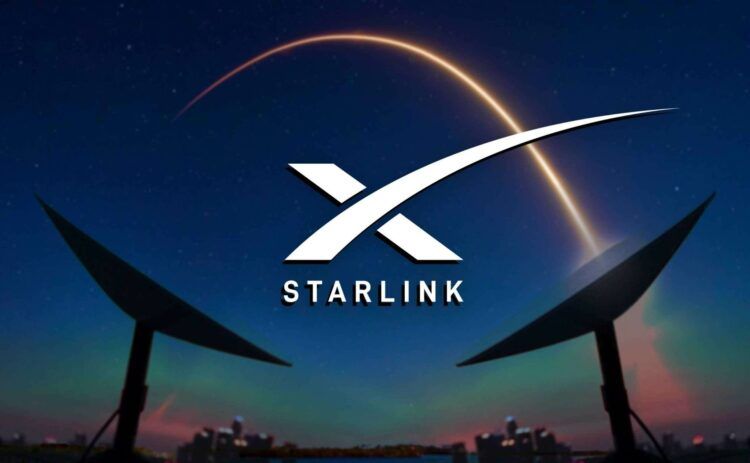SpaceX is setting its sights on a groundbreaking expansion of its Starlink constellation with the incoming Starlink Direct to Cell text service. The aerospace company is gearing up to enable seamless text messaging capabilities via the Starlink network by the year 2024.
Even more ambitiously, SpaceX is eyeing the integration of voice, data, and Internet of Things (IoT) services by 2025. This development comes hot on the heels of SpaceX’s recent update to the Starlink website, which now prominently features this exciting new venture.

Background of the introduction of Starlink Direct to Cell text service
Elon Musk, the visionary Chief Engineer at SpaceX, had previously outlined the company’s goal of initiating beta service for Starlink direct-to-cell in collaboration with T-Mobile, slated for late 2023. The partnership with T-Mobile, established last year, was positioned as a means to bridge gaps in cellular coverage in remote and rural areas, allowing T-Mobile customers to send messages via Starlink satellites.
Not stopping there, Starlink has forged partnerships with several prominent global cellular providers, including Rogers in Canada, Optus in Australia, One NZ in New Zealand, KDDI in Japan, and Salt in Switzerland. This strategic move positions Starlink as a major player in the effort to bolster cellular networks worldwide.
Furthermore, the company is actively encouraging other cellular providers to leverage this service to enhance their own networks, emphasizing collaboration for mutual benefit. Starlink’s satellites will utilize partner spectrum to deliver this service effectively within their respective regions.
How does Starlink Direct to Cell text service work?
According to the Starlink website, satellites equipped with direct-to-cell capability feature an onboard eNodeB modem, functioning akin to a cell tower in space. This allows for seamless network integration, akin to a standard roaming partnership.

SpaceX has also provided insights into the deployment strategy. Initially, direct-to-cell satellites will be launched on the reliable Falcon 9, followed by deployment via the cutting-edge Starship. Once in orbit, these satellites will promptly establish connections over laser backhaul to the Starlink constellation, ensuring global connectivity on an unprecedented scale.

Further ambitions of the company
This groundbreaking announcement confirms SpaceX’s intention to not only offer text services but also to revolutionize communication with the introduction of IoT capabilities. SpaceX has articulated that the direct-to-cell service will seamlessly connect IoT devices, adhering to widely adopted LTE standards. Earlier this year, the subsidiary Swarm hinted at plans to unveil an LTE version of its modem, compatible with Starlink’s direct-to-cell network, further underlining the company’s commitment to driving innovation in the field of satellite communications.
SpaceX’s grand vision for Starlink’s direct-to-cell and IoT services represents a significant leap forward in the realm of satellite communications. With an impressive roster of global partners and a strategic approach to network expansion, SpaceX is poised to revolutionize the way we connect and communicate, opening up new frontiers for technology, particularly in underserved areas around the world. Keep an eye on SpaceX’s Starlink – the future of communication has never looked brighter.

Meanwhile, if you are curious about an objective view of the future of the company, make sure to check out our article on whether is Starlink price cheap enough for a global internet network or not.
Featured image credit: Starlink





